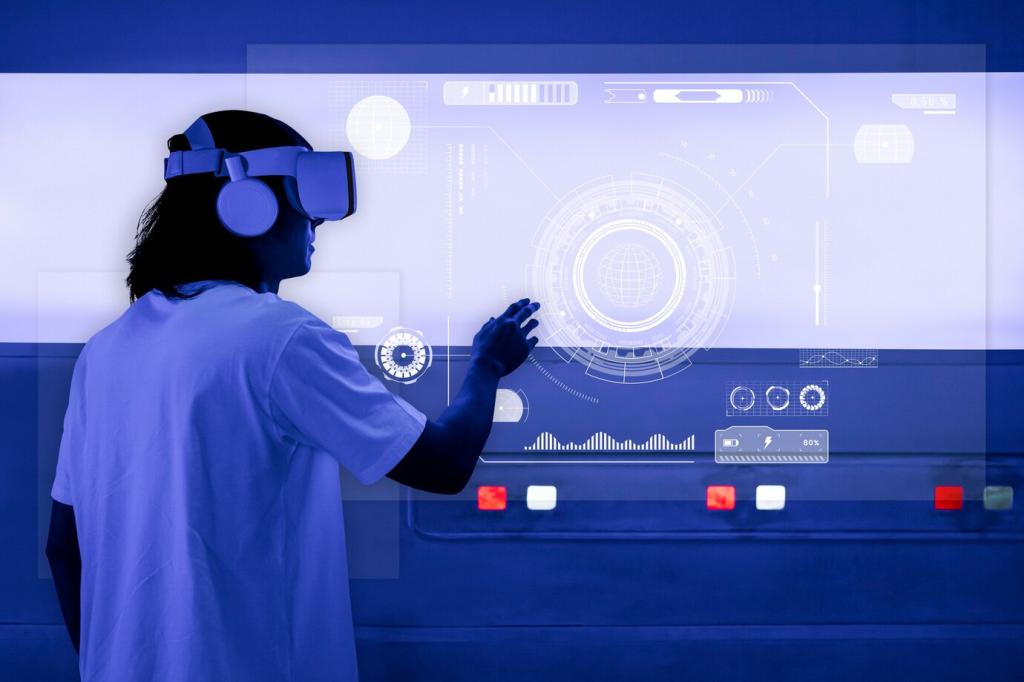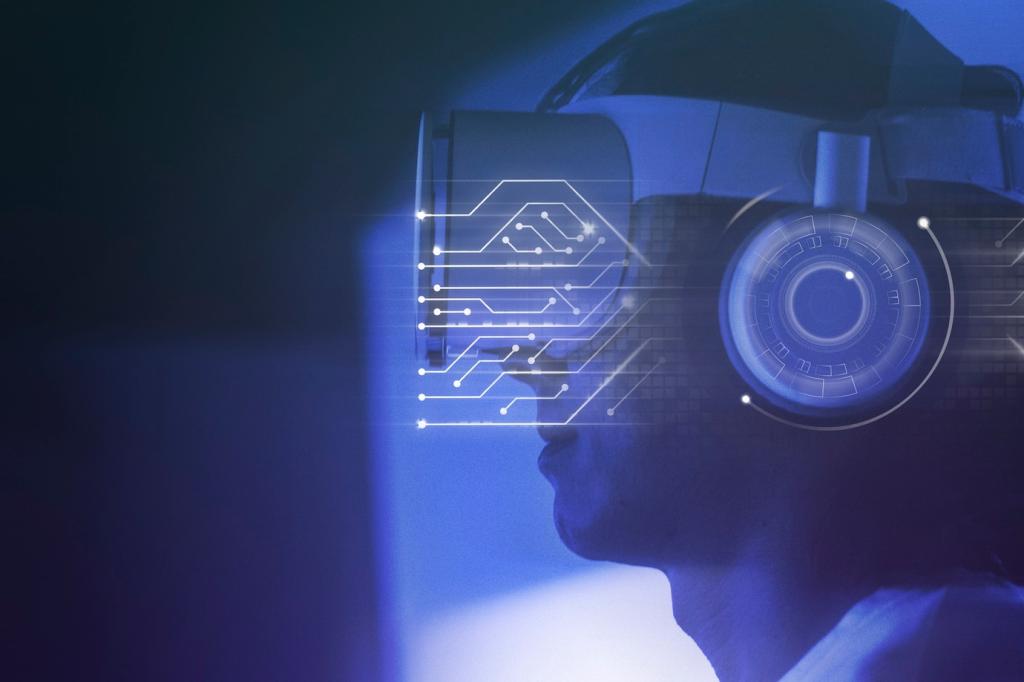
AI Integration in Smart Homes: 2024 Trends
The rapid evolution of artificial intelligence is reshaping the landscape of smart homes in 2024. Homeowners are experiencing unprecedented levels of convenience, efficiency, and security, thanks to more advanced AI-driven devices and systems. These transformations are not just technological upgrades—they’re redefining how we interact with our living spaces, automate daily routines, and personalize the home environment. This web page delves into the most significant trends shaping AI integration within smart homes this year, exploring the breakthroughs, challenges, and opportunities that come with this digital revolution.

Enhanced Security and Privacy
Advanced Threat Detection
AI security systems are increasingly adept at recognizing subtle indicators of intrusion or unauthorized access. By learning residency patterns, known faces, and typical entry/exit schedules, these systems can quickly flag anomalies that might signal a security risk. Video and audio feeds are now analyzed in real-time with high granularity, enabling instant alerts to homeowners or authorities while minimizing false alarms—a quantum leap from legacy motion sensors or basic alarms.
Biometric and Behavioral Authentication
In 2024, AI is pushing authentication methods beyond traditional passwords or codes. Smart homes now utilize biometric markers such as voice, facial features, and even gait to confirm the identity of occupants. These systems can differentiate between authorized residents, guests, and potential intruders, adjusting access permissions or triggering appropriate responses. Over time, the AI refines its models, improving accuracy and user convenience while keeping sensitive areas safeguarded.
Privacy-centric Data Management
With increased smart home connectivity comes the challenge of protecting personal data. AI solutions in 2024 emphasize privacy-centric processing, often leveraging edge computing to analyze sensitive data locally rather than sending it to the cloud. Techniques such as differential privacy, encrypted communication, and transparent user controls ensure that homeowners can enjoy intelligent automation without sacrificing the security of their private information.
Personalized Living Experiences
Adaptive Environmental Control
AI-driven environmental control systems dynamically adjust temperature, lighting, and air quality based on individual preferences and contextual factors, such as weather, time of day, or current activity. These systems continuously learn from user feedback and behavioral data, resulting in spaces that feel tailor-made for each resident. Whether it’s creating the perfect ambiance for relaxation or optimizing energy usage while maintaining comfort, adaptive control systems make house management effortless and precise.
Intelligent Content Delivery
Entertainment systems in 2024 smart homes are now powered by AI with a deep understanding of user preferences and moods. By analyzing past choices, real-time reactions, and even physiological cues, these systems recommend and curate music, movies, and multimedia experiences that match the moment. Family spaces benefit from multi-user recognition, ensuring each person’s choices are valued and harmonized, a clear improvement over one-size-fits-all recommendation engines of the past.
Health and Wellness Integration
Occupant well-being is a new frontier for AI-driven personalization. Smart homes now integrate AI health assistants that monitor sleep patterns, hydration, air quality, and daily routines. These assistants suggest personalized routines, remind users to stay active or hydrated, and even communicate with healthcare providers when anomalies are detected. The seamless blending of AI with home environments supports holistic wellness while keeping daily regimens unobtrusive and natural.
